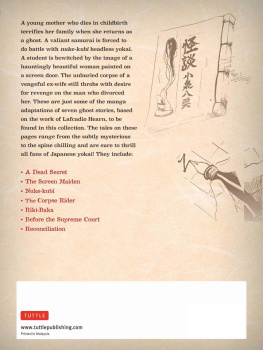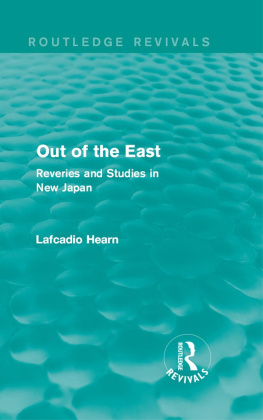
The Complete Works of
LAFCADIO HEARN
(1850-1904)

Contents

Delphi Classics 2017
Version 1












The Complete Works of
LAFCADIO HEARN
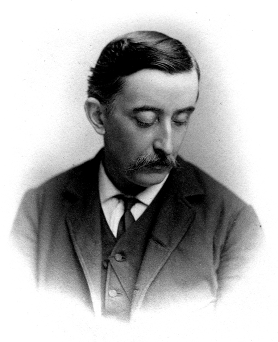
By Delphi Classics, 2017
COPYRIGHT
Complete Works of Lafcadio Hearn
First published in the United Kingdom in 2017 by Delphi Classics.
Delphi Classics, 2017.
All rights reserved. No part of this publication may be reproduced, stored in a retrieval system, or transmitted, in any form or by any means, without the prior permission in writing of the publisher, nor be otherwise circulated in any form other than that in which it is published.
ISBN: 978 1 78656 090 2
Delphi Classics
is an imprint of
Delphi Publishing Ltd
Hastings, East Sussex
United Kingdom
Contact: sales@delphiclassics.com
www.delphiclassics.com
Books on Japanese Subjects
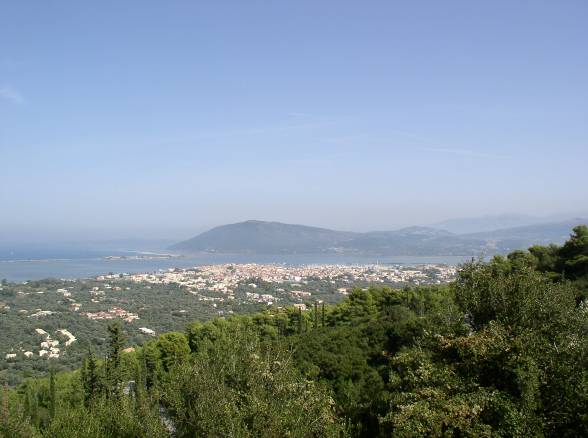
Lefkada City, on the Greek island of the same name, where Hearn was born in 1850 to a Greek mother and Irish father
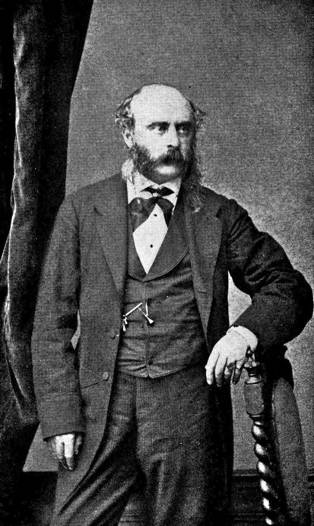
Surgeon-Major Charles Bush Hearn Hearns father, who abandoned his son at a young age to the care of his great aunt
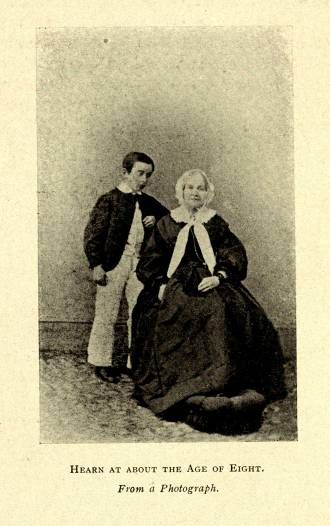
Hearn as a child, with his aunt
GLIMPSES OF UNFAMILIAR JAPAN (1894)

This book of essays chronicles Hearns impressions of Japanese life and culture and was originally published in two volumes in 1894. At the time Hearn wrote, Japan was in the process of massive social and political upheaval. He had taken up a position as a schoolteacher in a town on the west coast of the country in 1890 (the first of several such positions) and so was well-placed to record as he worked and travelled around the country, which was now his adopted home. Hearn was not new to the art of the travelogue, nor to the recording of an unfamiliar culture for consumption by middle-class English readers he had already completed several such volumes on the culture and customs of Louisiana during his time as a journalist in New Orleans in the 1880s.
Glimpses of Unfamiliar Japan is permeated with Hearns sense of an old way of life dying away as modernity encroaches a way of life, moreover, that had barely been seen by Western eyes. In the late nineteenth century, Japan was still largely unknown and exotic to Westerners. However, with the introduction of Japanese aesthetics, particularly at the Paris Exposition Universelle of 1900, Japanese styles became fashionable in Western countries. Consequently, Hearn became known to the world by his writings concerning Japan. In later years, some critics would accuse Hearn of exoticising Japan; nevertheless, as he offered the West some of its first descriptions of pre-industrial and Meiji Era Japan, his work retains historical value.
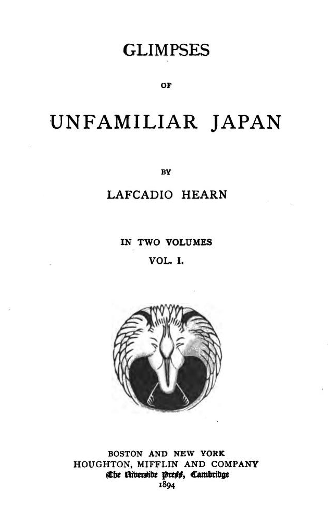
Title page of the first edition
CONTENTS

Decorative cover of the 1922 reprint edition
FIRST SERIES.
PREFACE
In the Introduction to his charming Tales of Old Japan, Mr. Mitford wrote in 1871:
The books which have been written of late years about Japan have either been compiled from official records, or have contained the sketchy impressions of passing travellers. Of the inner life of the Japanese the world at large knows but little: their religion, their superstitions, their ways of thought, the hidden springs by which they move all these are as yet mysteries.
This invisible life referred to by Mr. Mitford is the Unfamiliar Japan of which I have been able to obtain a few glimpses. The reader may, perhaps, be disappointed by their rarity; for a residence of little more than four years among the people even by one who tries to adopt their habits and customs scarcely suffices to enable the foreigner to begin to feel at home in this world of strangeness. None can feel more than the author himself how little has been accomplished in these volumes, and how much remains to do.
The popular religious ideas especially the ideas derived from Buddhism and the curious superstitions touched upon in these sketches are little shared by the educated classes of New Japan. Except as regards his characteristic indifference toward abstract ideas in general and metaphysical speculation in particular, the Occidentalised Japanese of to-day stands almost on the intellectual plane of the cultivated Parisian or Bostonian. But he is inclined to treat with undue contempt all conceptions of the supernatural; and toward the great religious questions of the hour his attitude is one of perfect apathy. Rarely does his university training in modern philosophy impel him to attempt any independent study of relations, either sociological or psychological. For him, superstitions are simply superstitions; their relation to the emotional nature of the people interests him not at all. And this not only because he thoroughly understands that people, but because the class to which he belongs is still unreasoningly, though quite naturally, ashamed of its older beliefs. Most of us who now call ourselves agnostics can recollect the feelings with which, in the period of our fresh emancipation from a faith far more irrational than Buddhism, we looked back upon the gloomy theology of our fathers. Intellectual Japan has become agnostic within only a few decades; and the suddenness of this mental revolution sufficiently explains the principal, though not perhaps all the causes of the present attitude of the superior class toward Buddhism. For the time being it certainly borders upon intolerance; and while such is the feeling even to religion as distinguished from superstition, the feeling toward superstition as distinguished from religion must be something stronger still.
Next page




